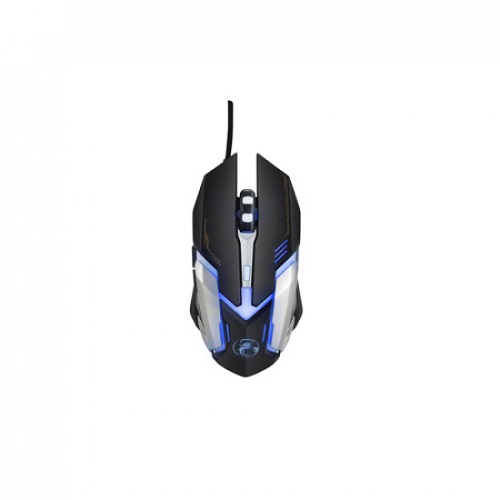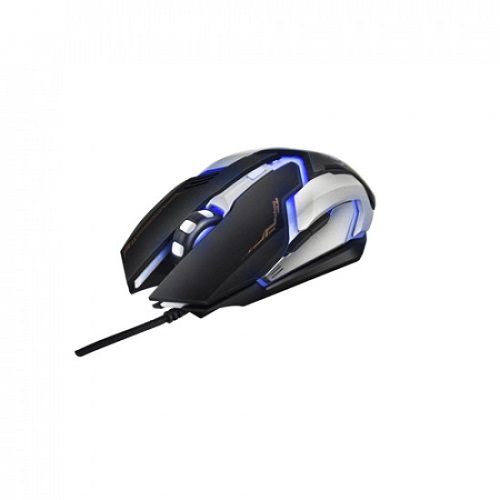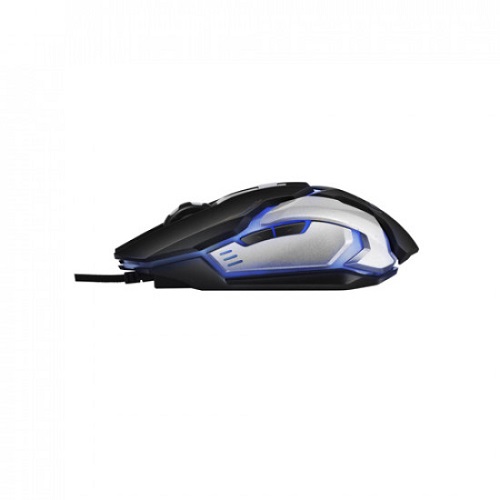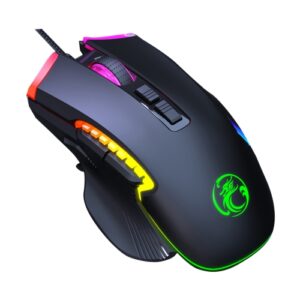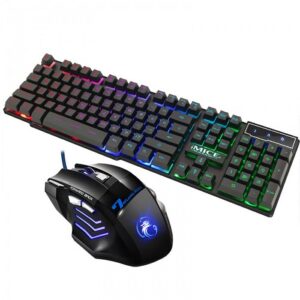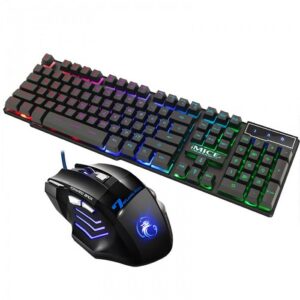Key Specifications and Features of USB Gaming Mice
When selecting a USB gaming mouse, several key specifications and features play a crucial role in enhancing the gaming experience. One of the primary considerations is the connection type. While most gaming mice utilize a USB connection, the type—USB 2.0 or USB 3.0—can impact the responsiveness and speed during gameplay. USB 3.0 offers higher data transfer rates, which can be advantageous for professional gamers who require real-time precision.
Another essential feature is sensor technology. Most modern gaming mice incorporate optical or laser sensors, each of which has its advantages. Optical sensors tend to offer better tracking accuracy on various surfaces, while laser sensors can track on more textures, but may suffer from acceleration issues. The DPI (dots per inch) settings of a gaming mouse influence the sensitivity and precision of movement. A higher DPI allows for quicker movements, essential for fast-paced gaming scenarios. Gamers should look for mice with adjustable DPI settings for optimal customization.
The polling rate is equally significant, as it indicates how often the mouse reports its position to the computer. A higher polling rate translates to smoother tracking. Many gaming mice feature polling rates adjustable up to 1000 Hz, providing a major edge in competitive gaming. Furthermore, ergonomic design should not be overlooked; a well-designed mouse allows for comfortable extended use and minimizes fatigue during long gaming sessions.
Lastly, customizable features such as programmable buttons and RGB lighting can enhance personalization. Programmable buttons enable gamers to execute commands more efficiently, while customizable lighting adds an aesthetic flair. Overall, understanding these specifications equips gamers to select a USB gaming mouse that aligns with their gaming needs and preferences, ultimately enhancing performance and enjoyment.
Understanding Button Configurations and Warranty Considerations
The choice of a USB gaming mouse is significantly influenced by its button configurations. The number and functionality of the buttons can greatly enhance gameplay, offering gamers an edge in fast-paced environments. A mouse featuring at least six programmable buttons provides essential versatility, enabling gamers to customize controls for various in-game actions. This level of customization is vital in competitive gaming where quick reflexes are paired with strategic tactics. Players can assign complex commands or macros to these buttons, translating into higher efficiency during critical moments. The tactile feedback and placement of buttons also contribute to the overall gaming experience, making it crucial to test various designs before making a selection.
In addition to button configurations, warranty considerations are equally important when selecting a gaming mouse. Most gaming mice come with a standard one-year warranty, which typically covers manufacturing defects and hardware malfunctions. It is essential for consumers to understand what the warranty entails, as different manufacturers may offer varying levels of protection. This includes the process for initiating a warranty claim, whether it includes shipping costs, and if accidental damage is covered. Knowing these details can save time and frustration should issues arise post-purchase.
When evaluating a USB gaming mouse, interested buyers should consider the warranty support as part of their decision-making process. Look for manufacturers that offer extended warranties or additional support options. Reading customer reviews can provide insight into how effectively a company handles warranty claims. By combining a thorough understanding of button configurations and warranty considerations, consumers can select a gaming mouse that not only meets their gameplay needs but also provides peace of mind regarding potential future issues.
